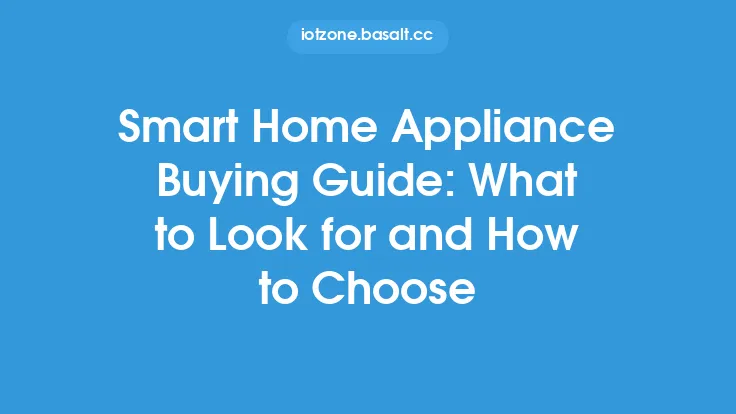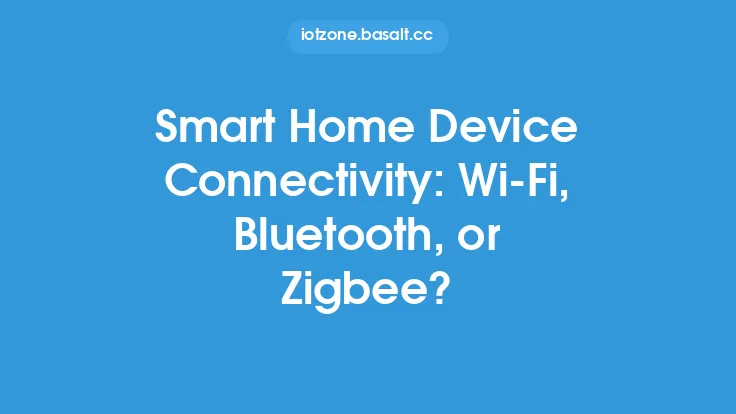When it comes to smart lighting control, one of the most critical aspects to consider is the protocol used to communicate between devices. A protocol is a set of rules and standards that govern how devices interact with each other, and in the context of smart lighting, it determines how lights, hubs, and controllers talk to each other. In this article, we will delve into the details of three popular smart lighting protocols: Zigbee, Z-Wave, and Bluetooth.
Introduction to Smart Lighting Protocols
Smart lighting protocols are designed to enable seamless communication between devices, allowing for efficient and reliable control of lighting systems. These protocols operate on specific frequency bands and use various methods to transmit data, such as radio waves or mesh networking. The choice of protocol depends on several factors, including the type of devices being used, the size of the lighting system, and the level of complexity required.
Zigbee Protocol
Zigbee is a popular wireless communication protocol used in smart lighting systems. It operates on the 2.4 GHz frequency band and uses a mesh networking topology, which allows devices to communicate with each other directly or through intermediate devices. Zigbee is designed for low-power, low-data-rate applications, making it suitable for smart lighting systems that require minimal bandwidth. The protocol is also highly scalable, supporting up to 65,000 devices on a single network. Zigbee is widely used in smart lighting systems due to its ease of use, low cost, and compatibility with a wide range of devices.
Z-Wave Protocol
Z-Wave is another widely used protocol in smart lighting systems. It operates on the 908.4 MHz frequency band in the United States and uses a mesh networking topology similar to Zigbee. Z-Wave is designed for low-power, low-data-rate applications and is suitable for smart lighting systems that require minimal bandwidth. The protocol is highly reliable and resistant to interference, making it a popular choice for large-scale smart lighting installations. Z-Wave is also compatible with a wide range of devices, including lights, thermostats, and security systems.
Bluetooth Protocol
Bluetooth is a wireless personal area network (PAN) protocol that operates on the 2.4 GHz frequency band. It is commonly used in smart lighting systems for device-to-device communication, such as between a light bulb and a smartphone. Bluetooth is designed for high-data-rate applications and is suitable for smart lighting systems that require high-bandwidth communication. The protocol is also highly secure, using advanced encryption methods to protect data transmission. However, Bluetooth has limited range and scalability compared to Zigbee and Z-Wave, making it less suitable for large-scale smart lighting installations.
Comparison of Smart Lighting Protocols
When choosing a smart lighting protocol, it's essential to consider the specific requirements of your lighting system. Here's a comparison of the three protocols:
- Zigbee: Highly scalable, low cost, and widely compatible, but may experience interference from other devices on the 2.4 GHz frequency band.
- Z-Wave: Highly reliable, resistant to interference, and compatible with a wide range of devices, but may have higher costs and limited scalability compared to Zigbee.
- Bluetooth: Highly secure, suitable for high-data-rate applications, and widely compatible with smartphones and tablets, but has limited range and scalability.
Technical Considerations
When implementing a smart lighting system, several technical considerations must be taken into account. These include:
- Frequency band: The frequency band used by the protocol can affect its performance and range. For example, the 2.4 GHz frequency band used by Zigbee and Bluetooth can be prone to interference from other devices.
- Mesh networking: Mesh networking topology allows devices to communicate with each other directly or through intermediate devices, improving the reliability and range of the network.
- Device compatibility: The protocol must be compatible with the devices being used, including lights, hubs, and controllers.
- Security: The protocol must provide adequate security measures to protect data transmission and prevent unauthorized access.
Implementation and Configuration
Implementing and configuring a smart lighting system requires careful planning and consideration of the specific requirements of the system. This includes:
- Device selection: Choosing devices that are compatible with the selected protocol and meet the specific requirements of the lighting system.
- Network configuration: Configuring the network topology and device connections to ensure reliable and efficient communication.
- Software and firmware: Ensuring that the software and firmware used by the devices are up-to-date and compatible with the selected protocol.
- Testing and commissioning: Testing and commissioning the system to ensure that it operates as intended and meets the required performance standards.
Conclusion
In conclusion, smart lighting protocols play a critical role in enabling seamless communication between devices in a smart lighting system. Zigbee, Z-Wave, and Bluetooth are three popular protocols used in smart lighting systems, each with its strengths and weaknesses. By understanding the technical aspects of these protocols and considering the specific requirements of the lighting system, homeowners and installers can choose the most suitable protocol and implement a reliable and efficient smart lighting system.





